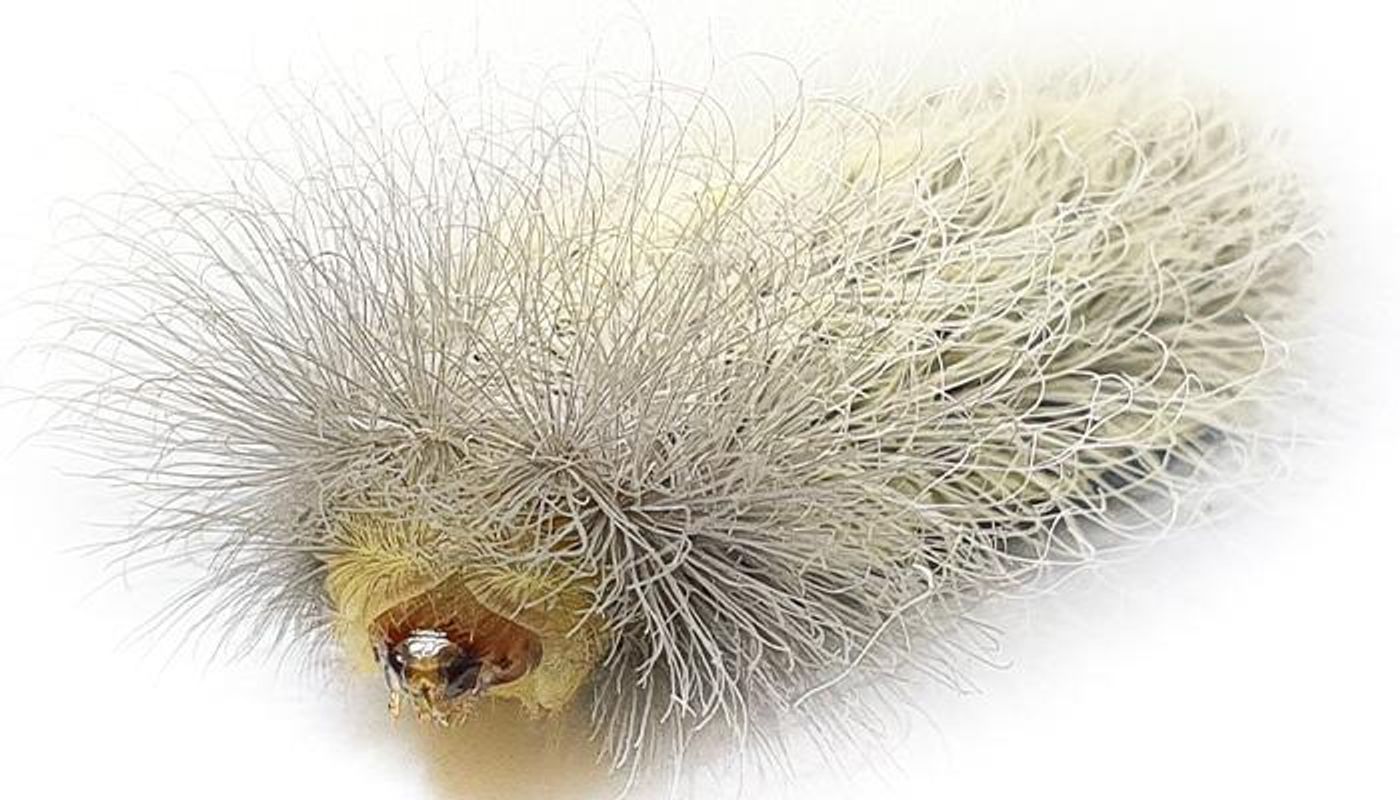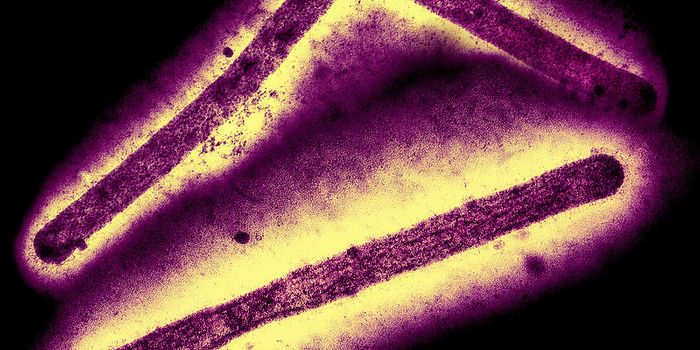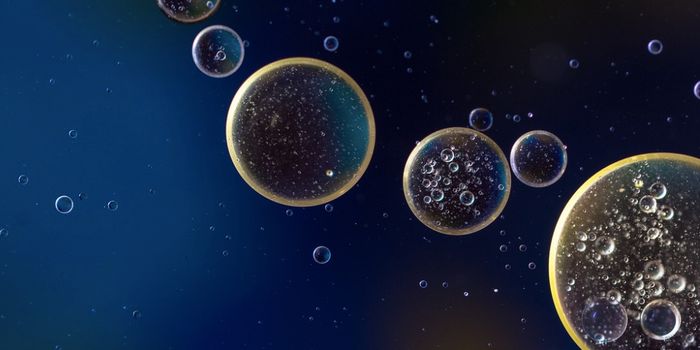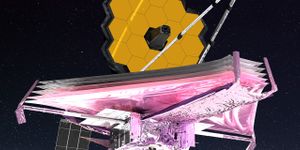Learning More About a Special Venom Made by Caterpillars
Asp caterpillars (Megalopyge opercularis) are native to North America. They have long bristles, and are often found in elm or oak trees. Their bristles conceal spines, which can cause extremely painful stings that have sent people to the hospital. Researchers have discovered that the venom made by this toxic caterpillar seems to have originated in bacteria. This venom could also open up new approaches in drug delivery. The findings have been reported in the Proceedings of the National Academy of Sciences.
Pathogenic strains of microbes like Escherichia coli and Salmonella are able to generate toxic compounds. These bacterial toxins can attach to the membranes of cells and form circular structures that create holes. The toxins made by asp caterpillars have similar properties, and can also put holes in the membranes of cells, which destroys them. Box jellyfish venom works in a similar way.
The researchers were surprised to learn that asp caterpillar venom is not like anything that has been found in insects before, said study leader Dr. Andrew Walker of the University of Queensland. "When we looked at it more closely, we saw proteins that were very similar to some of the bacterial toxins that make you sick," said Walker.
The toxic compounds that evolved in these caterpillars originated when genes were transferred to the insects from bacteria, millions of years ago, said Walker.
But because these toxins punch holes in membranes, they may also enable the efficient delivery of drugs to cells. "Toxins that puncture holes in cells have particular potential in drug delivery because of their ability to enter cells. There may be a way to engineer the molecule to target beneficial drugs to healthy cells, or to selectively kill cancer cells," Walker suggested.
"Venoms are rich sources of new molecules that could be developed into medicines of the future, pesticides, or used as scientific tools." While there has been a lot of research interest in snake and spider venom, there is still a lot to learn about caterpillar venoms.
Sources: University of Queensland, Proceedings of the National Academy of Sciences









